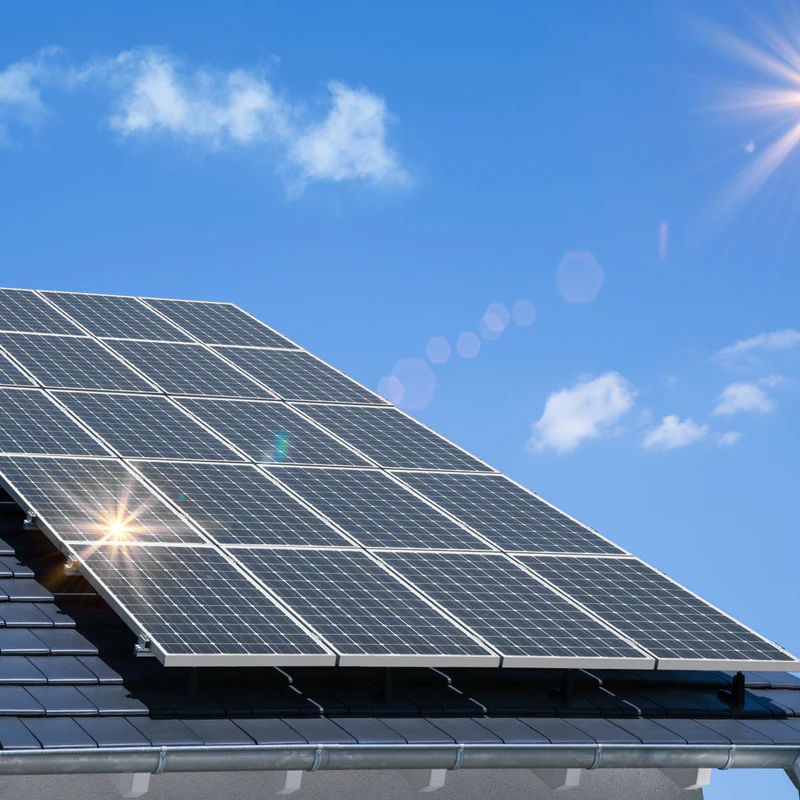
Solar energy is gaining momentum as a sustainable and clean power source, providing numerous environmental and economic benefits. As customers increasingly embrace solar panels, it becomes crucial to understand how to maximize their lifespan. In this blog post, we will delve into the key factors that affect the longevity of solar panels and provide valuable insights on what to expect, along with practical tips to extend their life. Whether you are a current solar panel owner or considering a purchase, this information will empower you to make informed decisions and optimize the performance of your solar energy system.
Understanding the Lifespan of Solar Panels
Solar panels have a defined lifespan, which refers to the period during which they maintain optimal performance. Various factors influence their longevity. The quality of materials and manufacturing processes play a significant role in determining how long solar panels can last. Additionally, environmental conditions, such as temperature, humidity, and pollution, impact their performance over time. Proper installation and mounting considerations also contribute to their durability. While specific solar panel lifespans may vary, it is essential to set realistic expectations.
Factors Influencing Solar Panel Degradation
Solar panel degradation refers to the gradual loss of efficiency over time. Several factors contribute to this process. Natural wear and tear occur as solar panels are exposed to the elements. Environmental factors, such as extreme temperatures, humidity, and pollution, can accelerate degradation. Potential-induced degradation (PID), caused by voltage fluctuations within the system, can also affect solar panel performance. Mechanical stress and damage, whether from severe weather or improper handling, further contribute to their degradation.
Steps to Maximize the Life of Solar Panels
1. Regular Maintenance Practices
Taking proactive measures to maintain your solar panels is crucial for their longevity. Regular cleaning helps remove dust, dirt, and debris that can hinder their efficiency. Inspecting for any signs of damage or defects allows for early detection and timely repairs. Monitoring system performance regularly allows you to identify and address any issues promptly.
2. Environmental Considerations
Optimizing panel placement and orientation based on your geographical location maximizes solar exposure. Managing temperature and humidity levels, such as through adequate ventilation, helps maintain optimal operating conditions. Protecting panels against pollution and debris, such as by installing bird deterrents or cleaning systems, reduces the risk of damage and ensures efficient performance.
3. Preventive Measures
Installing surge protection devices safeguards your solar panels from power surges and electrical damage. Utilizing anti-reflective coatings reduces reflection losses and enhances light absorption, improving overall efficiency. Implementing micro-inverters or power optimizers optimizes energy production by mitigating the impact of shading or mismatched panels.
4. Professional Inspections and Servicing
Periodic professional inspections by qualified technicians are crucial for identifying any hidden issues or potential risks. Timely addressing of maintenance concerns, whether through repairs or component replacements, ensures the optimal performance of your solar energy system. Consider exploring extended warranties and service contracts to safeguard your investment and provide peace of mind.
Enhancing Solar Panel Lifespan: Best Practices and New Technologies
1. Innovations in Solar Panel Technology
The solar energy industry continually evolves, and new technologies are emerging to enhance solar panel performance and durability. Bifacial solar panels, for instance, capture sunlight from both sides, boosting energy production. Anti-soiling and self-cleaning technologies minimize the accumulation of dirt and debris, reducing the need for frequent manual cleaning. Enhanced durability and reliability features ensure the panels can withstand harsh weather conditions and prolong their lifespan.
2. Energy Storage and Load Management
Integrating battery storage systems enables optimal power utilization by storing excess energy generated during the day for use during periods of low sunlight or high demand. Smart load management systems allow efficient distribution of solar energy, reducing reliance on the grid and further maximizing your solar panel investment.
3. Upgrading and Repurposing Old Solar Panels
When the time comes to replace your solar panels, explore recycling and disposal options to minimize environmental impact. Additionally, consider repurposing older panels for other applications, such as solar-powered water heaters or off-grid lighting systems. Repurposing ensures you extract maximum value from your solar panels even after their primary lifespan.
Conclusion
Maximizing the life of solar panels is essential for optimal energy production and return on investment. By understanding the factors influencing solar panel degradation and implementing the recommended steps, you can extend their lifespan and enjoy the benefits of clean and renewable energy for years to come. Stay informed about the latest industry advancements and technologies, as they offer opportunities to enhance solar panel performance and durability. Embrace sustainability, reduce your carbon footprint, and reap the rewards of solar energy by making smart choices and taking proactive measures to maximize the lifespan of your solar panels.


0 Kommentare